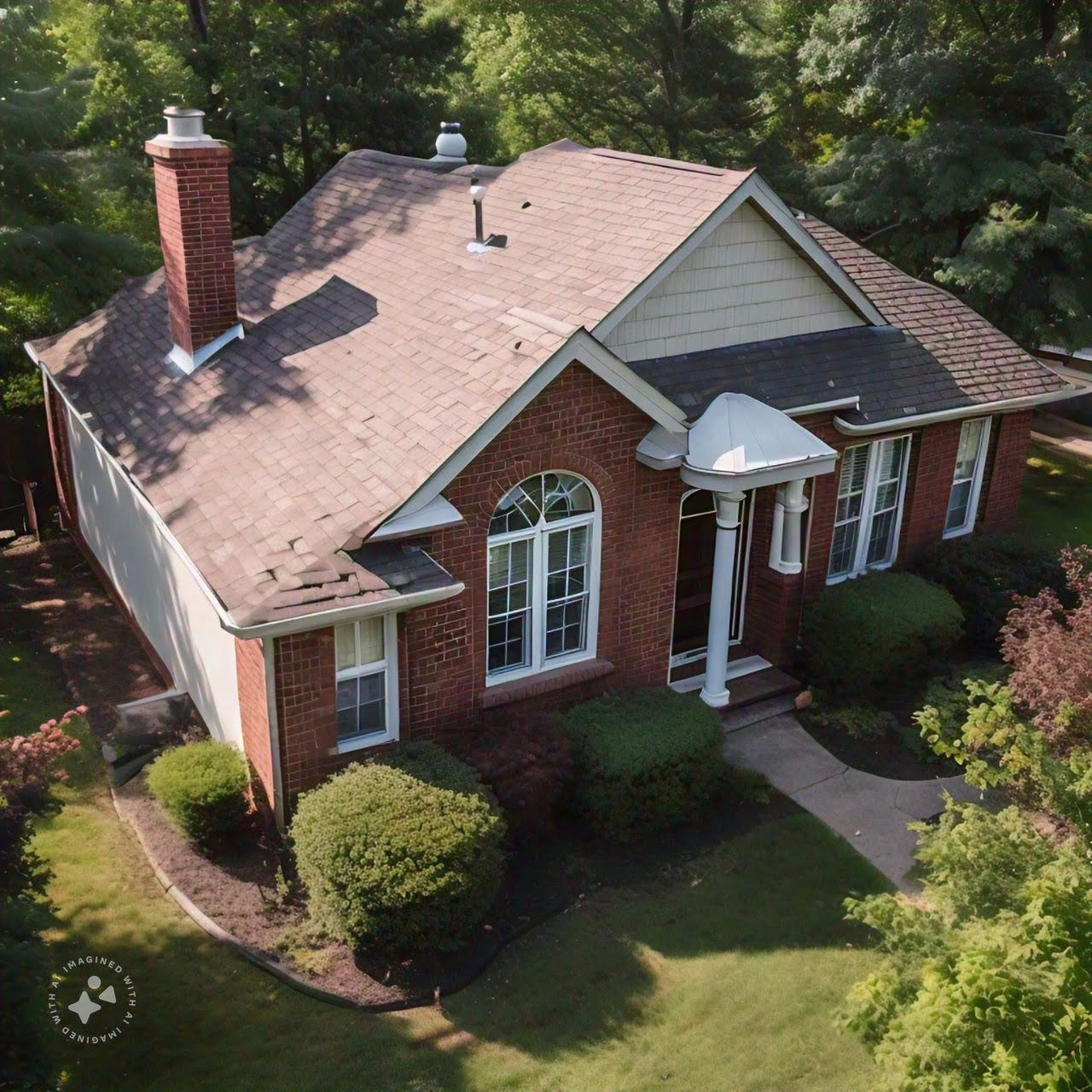How to Protect Your Roof from Storm Damage?
Storms can inflict considerable damage on your home, with the roof often bearing the brunt of the impact. High winds, heavy rain, and falling debris pose significant risks to roofing systems. To ensure your roof’s longevity and minimize repair costs, it is essential to take preventive measures. We will explore various strategies and best practices homeowners in Lorton VA can implement to protect their roofs from storm damage. By adopting these measures, you can reduce the likelihood of severe damage and maintain the integrity of your home.
Regular Roof Inspections
Regular roof inspections are a fundamental step in safeguarding your roof from storm damage. Over time, factors such as age, weather, and environmental conditions can cause wear and tear on roofing materials. Inspecting your roof at least twice a year—preferably in the spring and fall—helps identify potential issues before they escalate. During these inspections, look for signs of damage, such as missing or cracked shingles, loose flashing, and worn-out seals around vents and chimneys. Addressing these issues promptly ensures that your roof is in good condition and less susceptible to storm-related damage.
Proper Gutter Maintenance
Maintaining clean and functional gutters is crucial in preventing storm damage to your roof. Gutters channel rainwater away from your home, protecting the roof and foundation from water damage. Clogged or damaged gutters can cause water to overflow, leading to potential roof leaks and structural issues. Regularly cleaning your gutters and downspouts, especially before storm season, prevents blockages and ensures efficient water flow. Additionally, consider installing gutter guards to reduce debris accumulation and minimize maintenance efforts. Proper gutter maintenance plays a vital role in preserving the integrity of your roof during heavy rains and storms.
Reinforcing Roof Structure
Reinforcing your roof structure can significantly enhance its ability to withstand storm conditions. One effective method is to ensure that your roof decking and trusses are securely fastened. Check for any loose or damaged connections and make necessary repairs to strengthen the overall structure. Installing hurricane straps or clips can provide additional support and help prevent roof uplift during high winds. Additionally, consider reinforcing your roof’s attachment to the walls and ensuring that all roofing components are properly secured. By fortifying your roof structure, you enhance its resilience against the forces of severe storms and reduce the risk of significant damage.
Choosing Durable Roofing Materials
Selecting durable and high-quality roofing materials is essential for protecting your roof from storm damage. Certain materials are better equipped to withstand extreme weather conditions than others. For instance, asphalt shingles are commonly used due to their affordability and performance, but opting for impact-resistant shingles can provide added protection against hail and debris. While more expensive, metal roofing offers exceptional durability and resistance to high winds and impact. When choosing roofing materials, consider wind resistance, hail impact rating, and longevity. Investing in durable roofing materials ensures that your roof can endure the challenges posed by severe weather.
Securing Loose Items Around the Roof
Loose items around your roof can become projectiles during a storm, posing a risk to your roof and surrounding property. Before a storm, take the time to secure or remove any objects that could potentially cause damage. This includes items such as patio furniture, garden tools, and decorations. Trim any overhanging branches or trees that could fall onto your roof. Ensuring that your property is free from potential hazards helps minimize the risk of debris impacting your roof and causing damage during a storm.
Installing Impact-Resistant Roofing Systems
Investing in an impact-resistant roofing system can provide an added layer of protection against storm damage. These systems are designed to withstand the impact of hail and flying debris more effectively than standard roofing materials. Impact-resistant shingles and roofing options are often tested for their ability to endure high-impact conditions and are rated accordingly. While these systems may come at a higher initial cost, they offer long-term benefits in terms of durability and reduced repair needs. If you live in an area prone to severe storms, installing an impact-resistant roofing system can be a wise investment in protecting your home.
Enhancing Roof Ventilation
Proper roof ventilation plays a crucial role in maintaining the overall health of your roofing system. Adequate ventilation helps regulate temperature and moisture levels in the attic, preventing issues such as ice damming and excessive heat buildup. During storms, ice dams can form along the roof’s edge if heat escapes from the attic and melts snow, leading to water backup and potential leaks. Ensure that your attic is properly ventilated with a balanced intake and exhaust vents system. This improves energy efficiency and reduces the risk of storm-related damage caused by inadequate ventilation.
Protecting your roof from storm damage requires a combination of proactive measures and ongoing maintenance. You can significantly reduce the risk of damage during severe weather by conducting regular inspections, maintaining clean gutters, reinforcing your roof structure, and choosing durable materials. Securing loose items, investing in impact-resistant systems, and enhancing roof ventilation further contribute to the overall resilience of your roof. Implementing these strategies ensures that your home remains protected against the challenges posed by storms, ultimately preserving the integrity and longevity of your roofing system. Taking these steps safeguards your property and provides peace of mind during stormy weather.

















